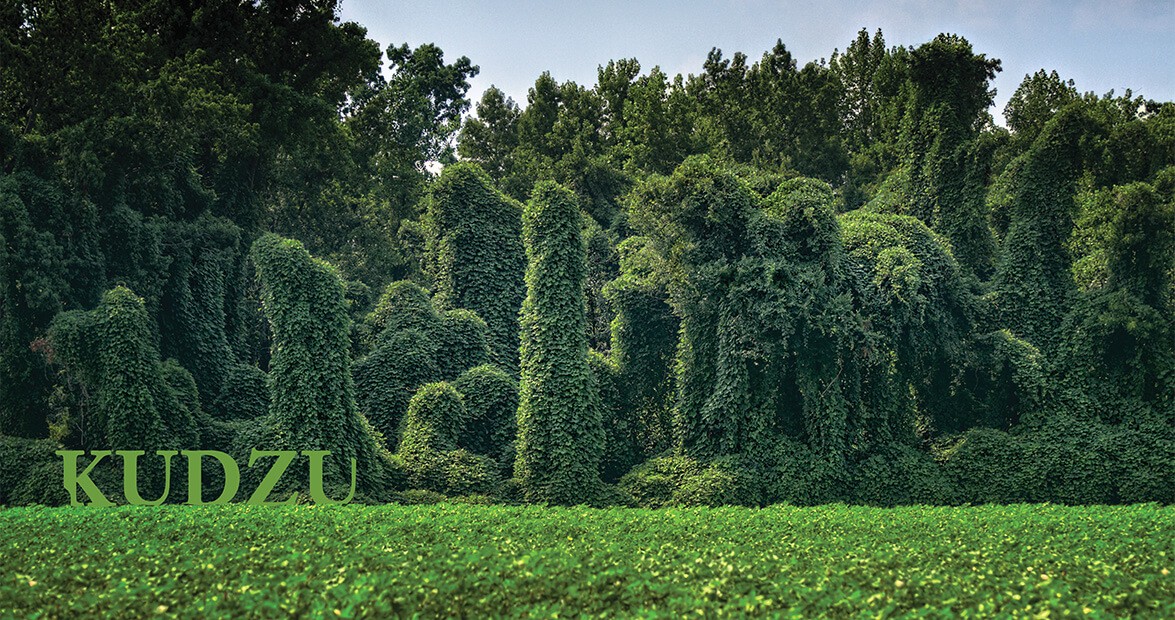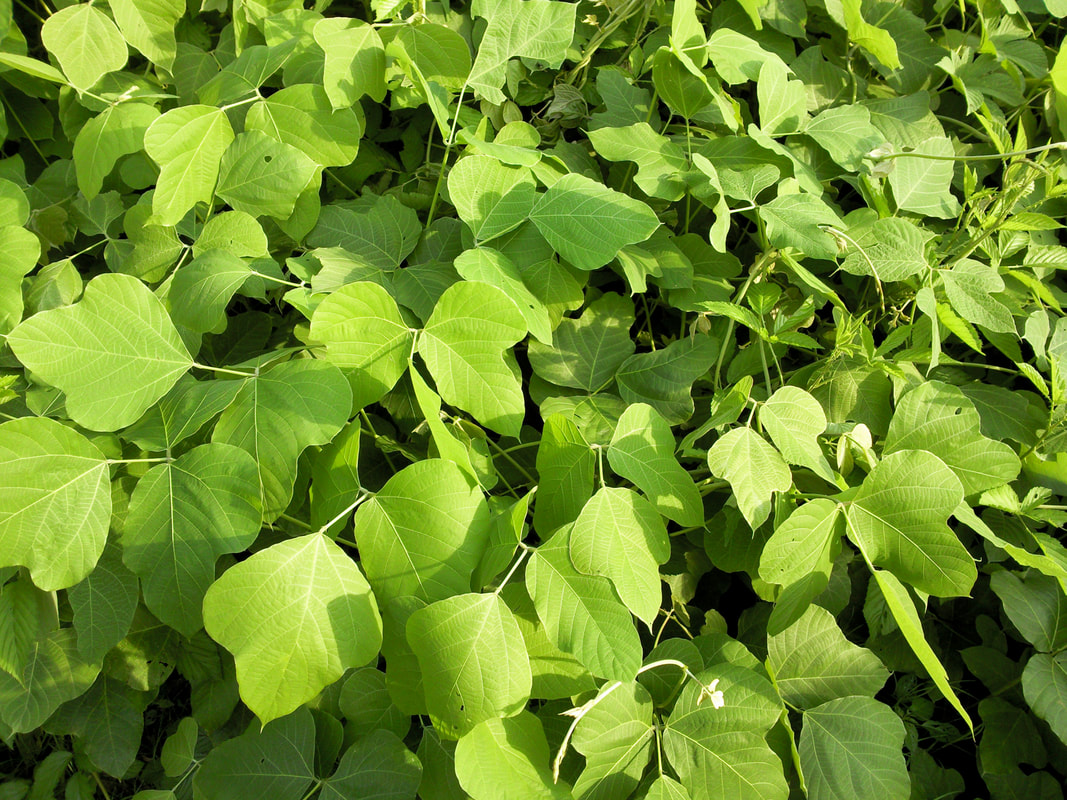 Kudzu -fast growing and will cover everything! http://blogs.longwood.edu/webbbd/files/2015/11/kudzu1-1175x62011.jpg Kudzu -fast growing and will cover everything! http://blogs.longwood.edu/webbbd/files/2015/11/kudzu1-1175x62011.jpg So, one of my initial posts was about the colony paper Sheppard and I published in the early 2000 (see post below on colony). In that particular paper, we described how we included artificial plants for flies to land on and “lek.” A lek can be defined as a behavior where a group of male insects (same species) aggregate and mating with females that enter the site (https://www.amentsoc.org/insects/glossary/terms/lek). So, why have artificial plants, and how does this relate to Kudzu? Well, when Dr. Sheppard and I were visiting that poultry facility in Alma, Georgia, USA (the one where Dr. Sheppard has me baptized by poultry manure) to collect material for a colony, At some point, I actually got a bit bored and started to walk around the facility. I was walking down a dirt path leading away from the facility, and I noticed a giant kudzu patch with 1,000s of soldier flies on it. Being curious, I started watching the flies and I noticed they males would land on the leaves and if another approached, he would chase them away. If successful, he would return to the leaf (the victor). Of course, if he were unsuccessful, he would lose his perch to the competing male. I also noticed that when a female enter, the male would exhibit many of the same behaviors, but would eventually grab the female and mate. So, given I observed such behavior in association with such a plant, I started using artificial plants in the colony, which was inserted in the manuscript that was eventually published. Now fast forward 20 years…… Something that has been fairly rewarding for me has been to travel the world and see different systems where artificial plants are used. For me- it indicates people are reading what I do (really glad to know such- brings a high level of accomplishment and satisfaction) and applying it. What is pretty interesting is that artificial plants are not needed. If you have a colony- and you have artificial plants present, you probably can remove them. Would just remove one more thing to think about when trying to mass-produce adults in colony. The flies will find places to land and they will continue to lek. I will add this point- make sure to water your adults twice a day if temperatures are about 90F (approximately 30C). That way, the flies aren't stressed. But be careful- too much water in the cage leads to flies laying eggs where you do not want them (e.g., puddles with dead flies in them). If you want to read more about the lekking behavior of the BSF, you might check out this paper. http://journals.fcla.edu/flaent/article/view/75030/72688 As always, I hope this information is useful to you. And until next time, take care and happy BSF farming!! AuthorJeff Tomberlin, PhD, BSF behaviorist
0 Comments
Leave a Reply. |
AuthorIndividuals with over 25 years research experience with the black soldier fly. We are passionate about the science behind the black soldier fly and its ability to convert waste to protein. Get Notified Here
Archives
September 2022
Categories
All
Install an RSS app to get notified from us when a new post is up!
|
ServicesSupport |
About |


 RSS Feed
RSS Feed

